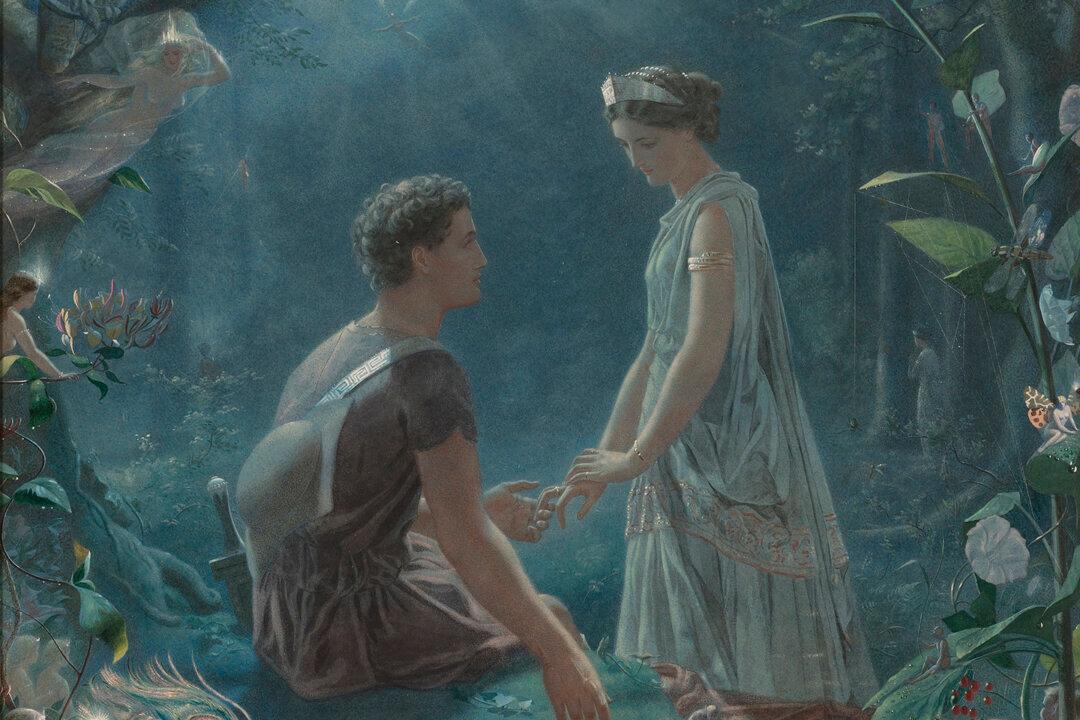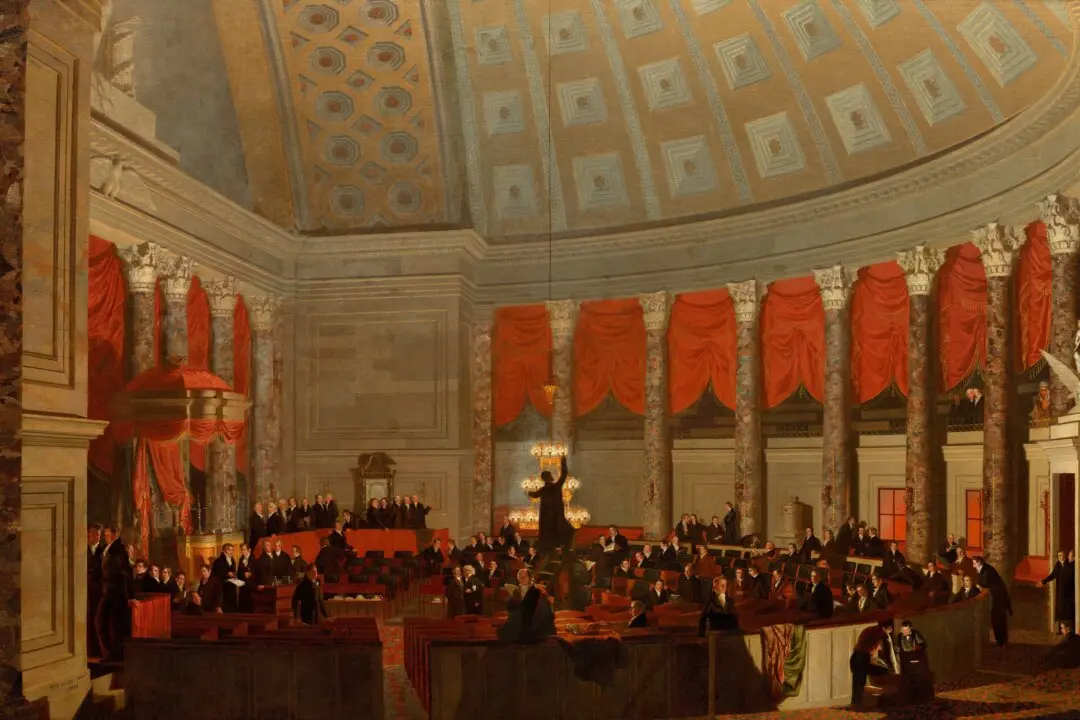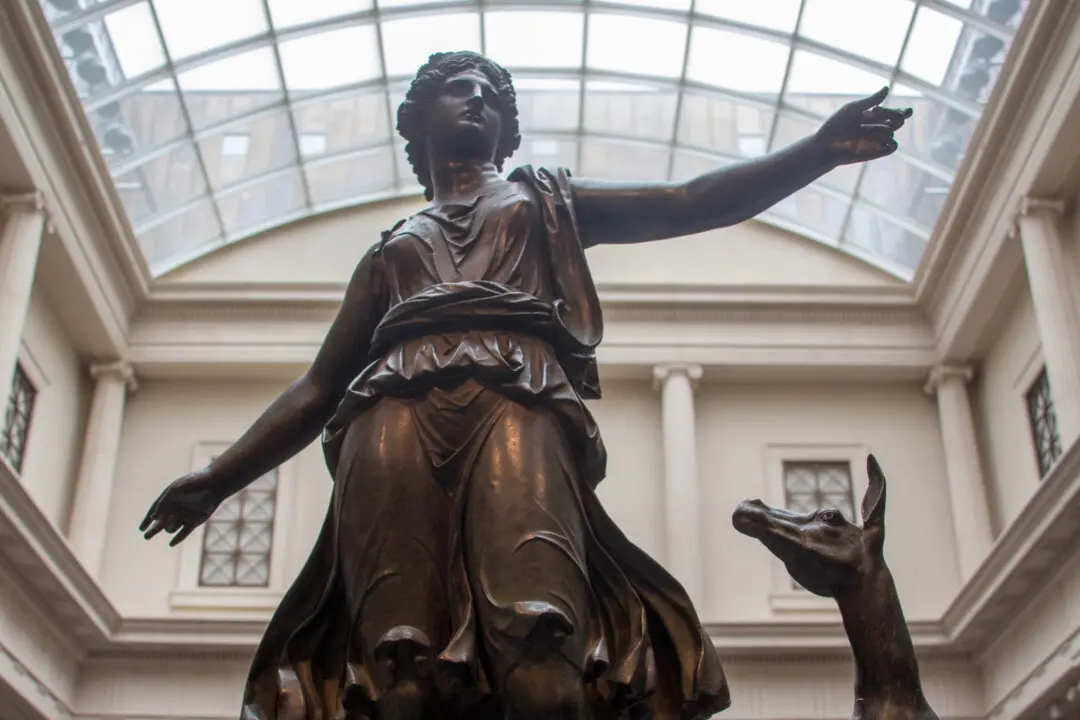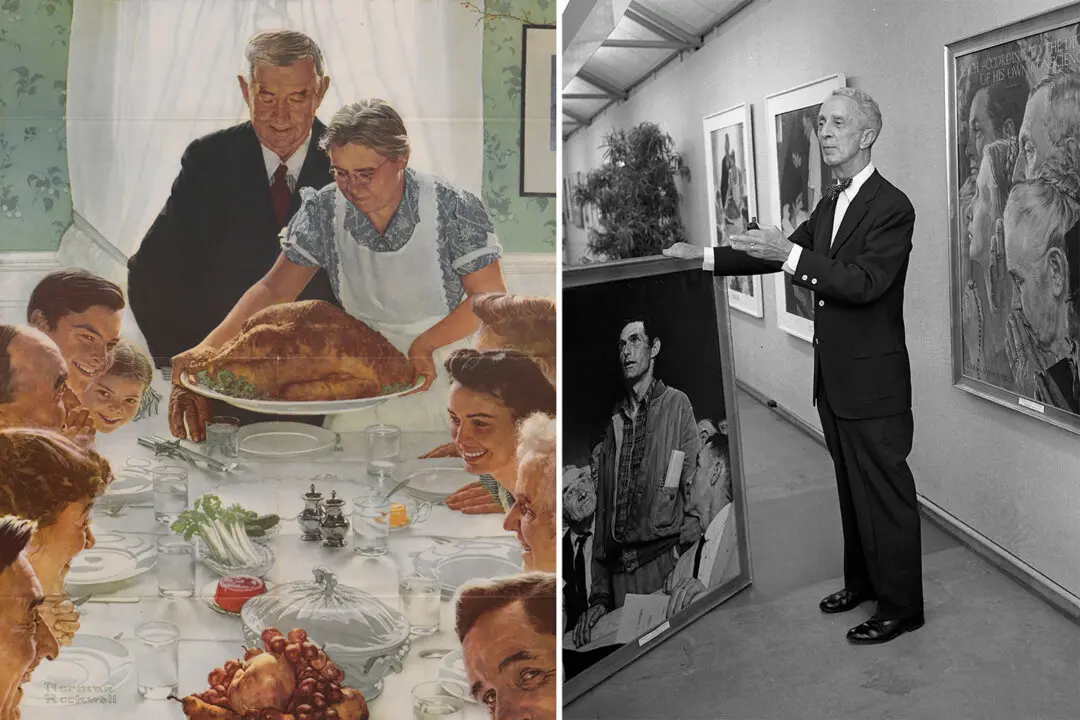The fascination with fairies and their folkloric tales has a long and rich history, particularly in Great Britain.
During the Victorian era, fairy pictures became an art genre all their own. Much of this fairy enthrallment, which began in the mid-19th century, was fueled by societal changes. In the face of scientific advancements and industrialization, people’s interest in a spirit world, in addition to the natural world, increased.





